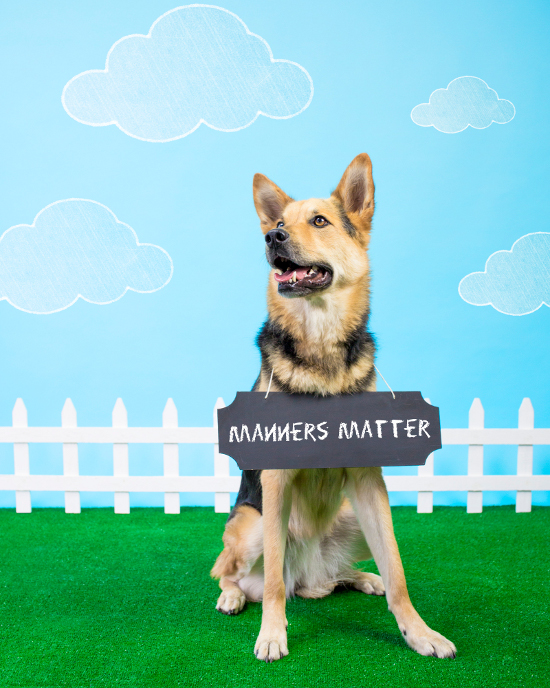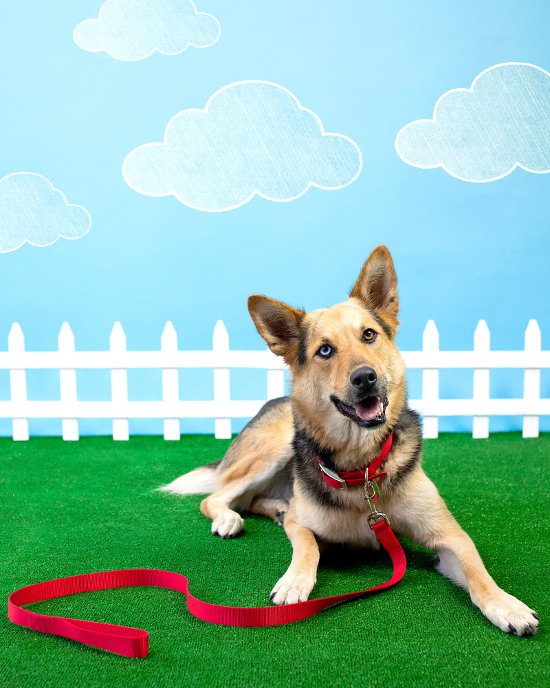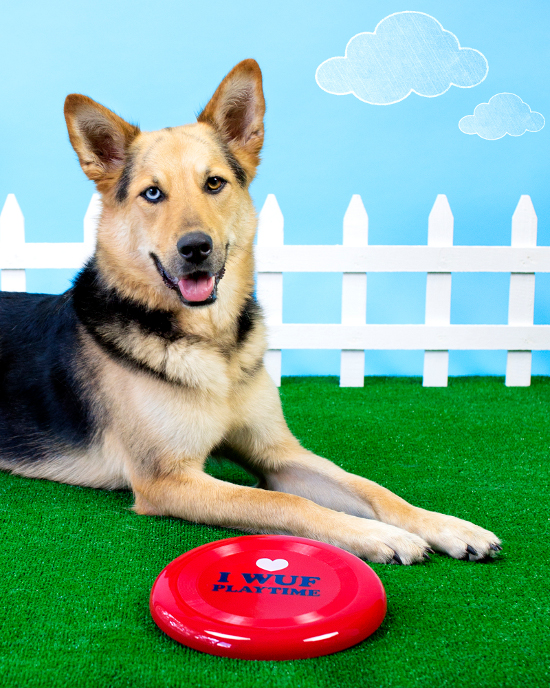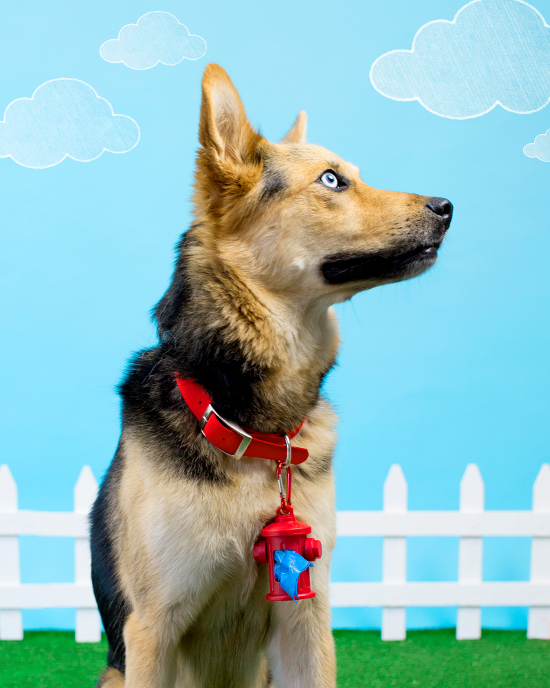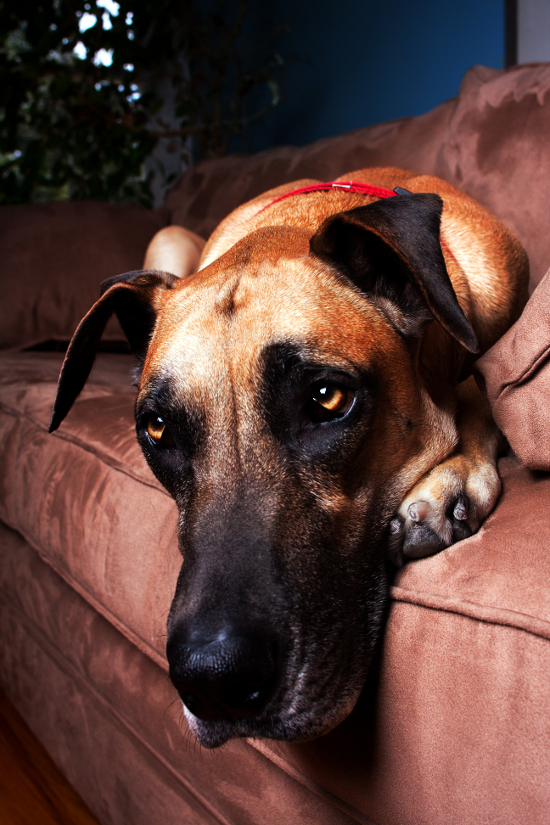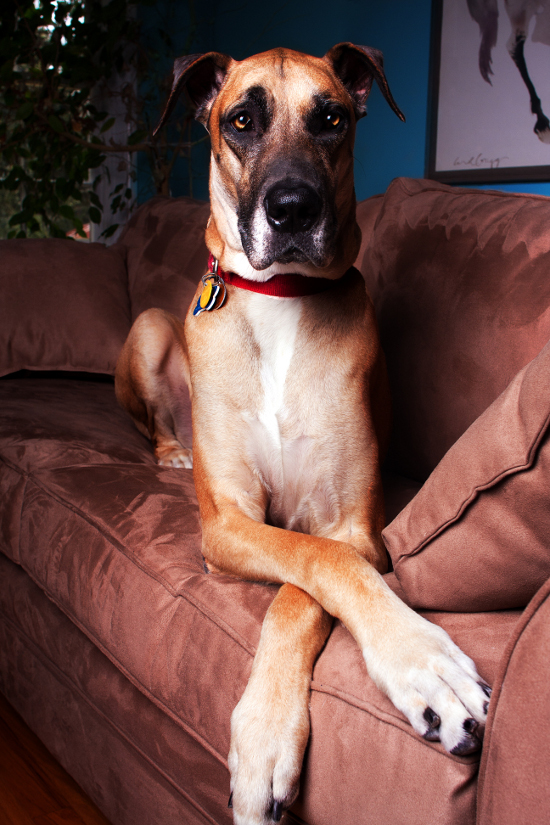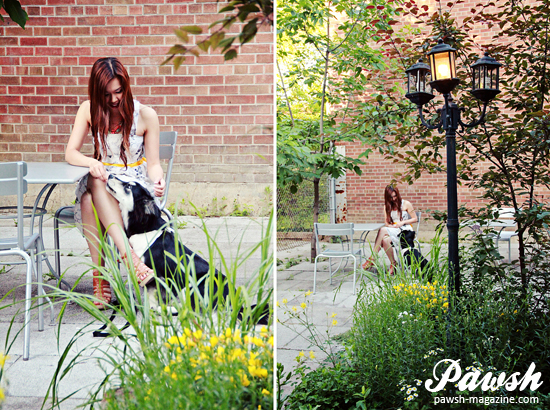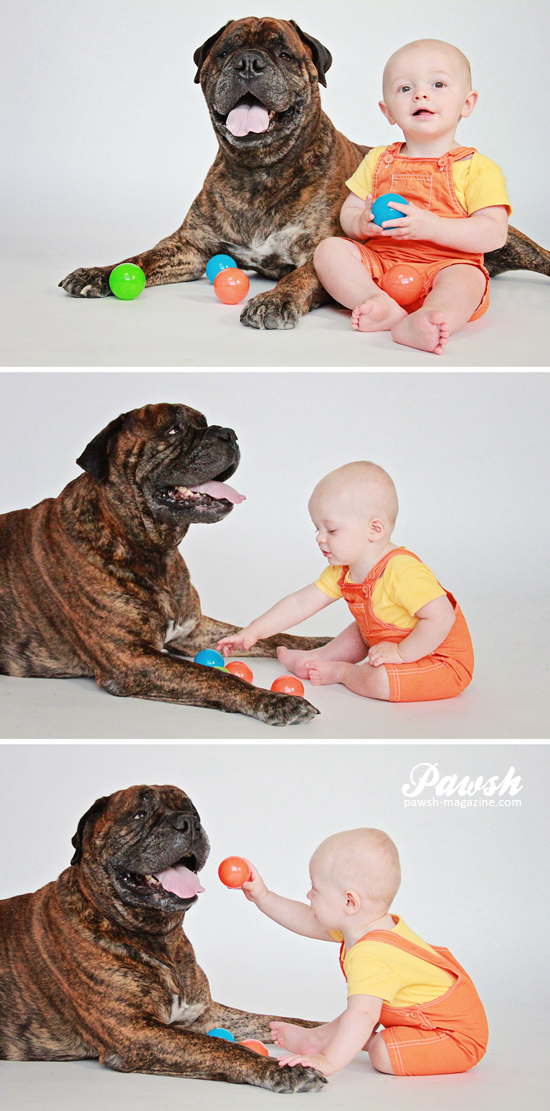 The bond we have with our childhood dogs cannot be aptly describe by mere words alone. But in order for that bond to thrive, parents of both the pet and canine variety should be aware of a few key points to ensure that little ones and furballs live in harmony (and have a lot of fun along the way!)
The bond we have with our childhood dogs cannot be aptly describe by mere words alone. But in order for that bond to thrive, parents of both the pet and canine variety should be aware of a few key points to ensure that little ones and furballs live in harmony (and have a lot of fun along the way!)
OBSERVE BODY LANGUAGE
Dogs will usually give all sorts of warning signs before being pushed to their absolute limit. Nobody really enjoys being clamoured all over, sat upon or pushed around and usually if a child is doing this (which a child should not be) to a dog the dog’s body language will stiffen.
Happy, relaxed body language means the dog is comfortable, confident and happy. Stiff, jerky body language means the dog is uneasy, fearful or upset which can lead to an unwelcome incident. Teach your child to be respectful of a dog’s space and to interact in a manner that is polite, but always keep an eye on your dog’s body language too, especially with very young children.
HANDLE YOUR DOG
Little ones are always going to play a bit roughly while they learn the social dos and donts of life. In order to prepare your dog for this somewhat rambunctious addition to the family pack, handle them frequently.
Get your dog used to being touched all over — on their tail, their ears, between their toes, their bellies, their necks etc. — and make it a positive experience. This will help a dog be ready for little hands all over them.
INDOOR VOICES
It is no secret that dogs have very acute hearing. Loud screaming and crying can frazzle a dog, so be sure to have a quiet space that your dog can occupy when your babe starts fussing. As the child matures, teach them that quiet voices are nicer for Fido.
ESTABLISH A ROUTINE
Puppies and children are very similar in many ways. In particular, both do better when they are given boundaries, structure and routine. Creating a routine for your dog and your child to interact together helps both to learn what is expected of them. For older children, giving them a dog-friendly task such as brushing the dog after dinner, helps them to understand their dog as a unique personality with certain needs, likes and dislikes.
REINFORCE BASIC LESSONS
Dogs can benefit from a refresher course in basic training to brush up on their ‘sit,’ ‘stay’ and ‘drop it’ commands. Children should also be taught that roughly stealing a dog’s toys and food is rude. Teaching both parties basic lessons such as this will help to create a respectful bond.
TEACH EMPATHY
Often times little ones don’t realize that their actions are effecting others, so be sure to teach them that how they act towards others — especially animals — means something. Be sure to teach your child that how they act effects Fido’s mood and can hurt their feelings. Translating dog behaviour into the basic language of moods and feelings can help small children better relate with the family furball.
EXTRA PREPARATIONS
Of course, if a dog has difficult behaviour issues or if you are not comfortable preparing your dog-friendly home for a baby and a dog, it is always recommended that you consult a professional, experienced and certified dog behaviourist to help your family adjust.
{Photography by PAWSH Studio.}
Book your stylish family pet photo session today!
***
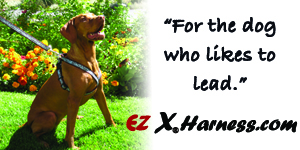 This article was made possible by EZ-X Harness. Whether you have a city dog or a country dog our EZ-X Harness is simple and safe to use. Plus it is low volume and extremely light weight. This is not a leave-on harness, but it is a new style of harness to suit your busy lifestyle! WEBSITE | FACEBOOK
This article was made possible by EZ-X Harness. Whether you have a city dog or a country dog our EZ-X Harness is simple and safe to use. Plus it is low volume and extremely light weight. This is not a leave-on harness, but it is a new style of harness to suit your busy lifestyle! WEBSITE | FACEBOOK

